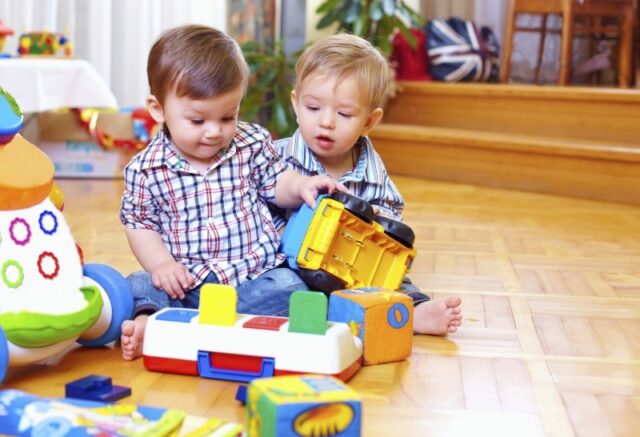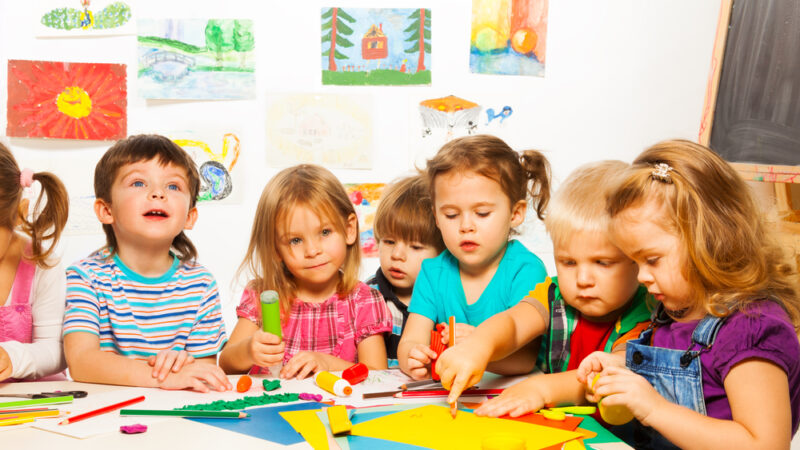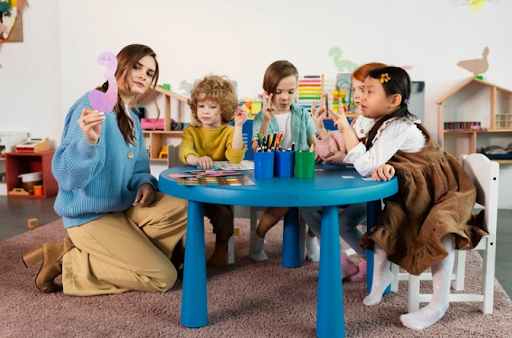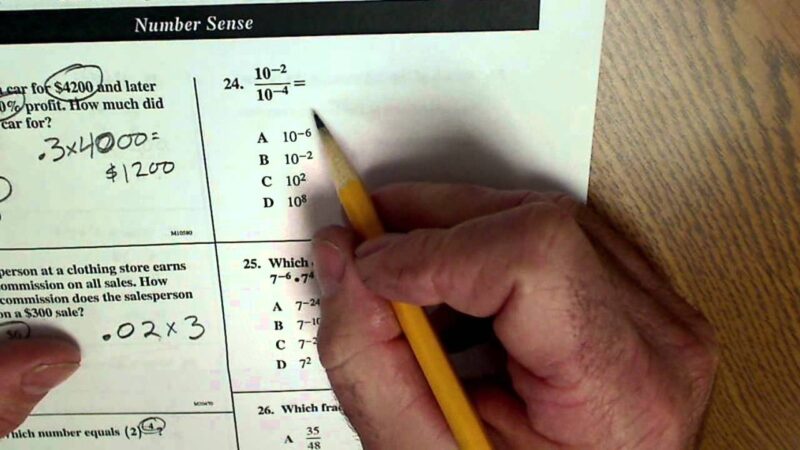4 Easy Ways to Assist Your Child’s Playsets Learning

You want to be your child’s first teacher. But, organizing daily “learning activities” can be intimidating and exhausting. Thankfully, teaching your children does not have to be a stressful experience, nor does it necessitate frequent trips to the craft store or extensive online research.
With kids play sets, your child can use their imagination, which is important for learning while having fun. So as parents, how can you make the most out of your child’s early childhood play?
Prepare Everything
First, gather all of the necessary items and plan how you will use all of the play equipment.
Here are some suggestions on how to set up your child’s pretend play:
- Choose a play set based on your children’s interests or a familiar setting.
- Read a book, display photos, take a field trip, and discuss what it’s like to be in that setting.
- Assemble and collect appropriate props for the setting with the children’s help.
- Provide opportunities for your youngster to write by making signs with them. For instance, restaurant signs and menus or a list of grocery items.
Setting up the kids play sets properly makes it easier for you to teach them real-life scenarios and incorporate symbols for a productive learning experience.
Eliminate Distractions
Of course, while you’re at it, don’t forget to turn off all electronic devices that could distract your child. So often, gadgets have made it hard for most children to go about their conventional playing time.
You want your child’s mind to be completely free to focus on being creative, using their imagination, and exploring their surroundings not on the colors, movements, and sounds emanating from a device.
So as much as possible, don’t include electronic gadgets on your playtime set-up to encourage a fresher learning environment.
Let Your Child Be
Yes, playing with your child will provide you with some of the most beneficial learning opportunities. However, while being present during your child’s play is important for enhancing their learning, it is also important to give them space to play and explore independently.
Some people find it simple, while others find it challenging. As you spend more time in your children’s imaginary worlds, you may question what constitutes normal and abnormal pretending play.
But, allowing your child to direct promotes exploration, self-regulation, and comprehension of causal relationships.
If you follow your child’s lead in the game, you may need to allow them to fail, and thus learn from their “mistakes.”
Through independence, children can tap into their creative skills and use resources to build things that pique their interests.
Be a Keen Observer
Gradually, you can only track your child’s interests if you spend time with them during playtime.
You can somehow show what it’s like to play a character in a play. Allow for some disorder and clutter in your design. Take on the appearance of a character or an animal. Your child can learn skills by observing and picking up on your nonverbal cues.
To keep their minds lubricated, you can also ask questions at appropriate times and prod them with inquiries.
You can encourage them to think about and communicate their actions by asking open-ended questions.
While you have the most influence over your children’s behavior, pretend play is one area where you should relinquish control.
By actively participating in your child’s play, you can help them learn and develop.
You help your child grow by giving them opportunities to form a supportive and trusting relationship with you.
So, teach your child the importance of play.






